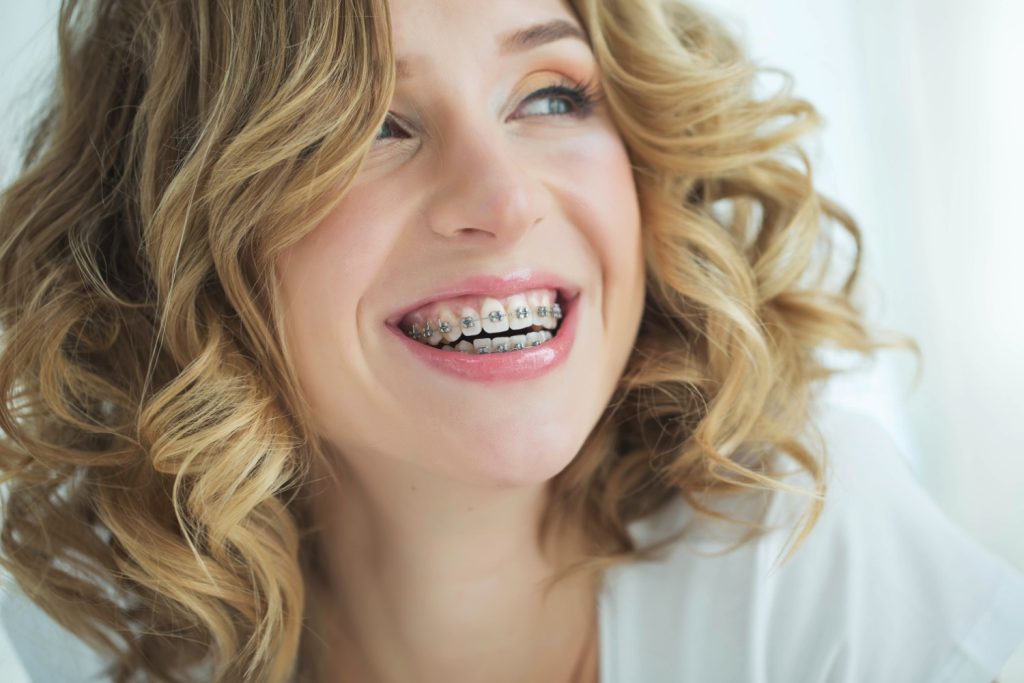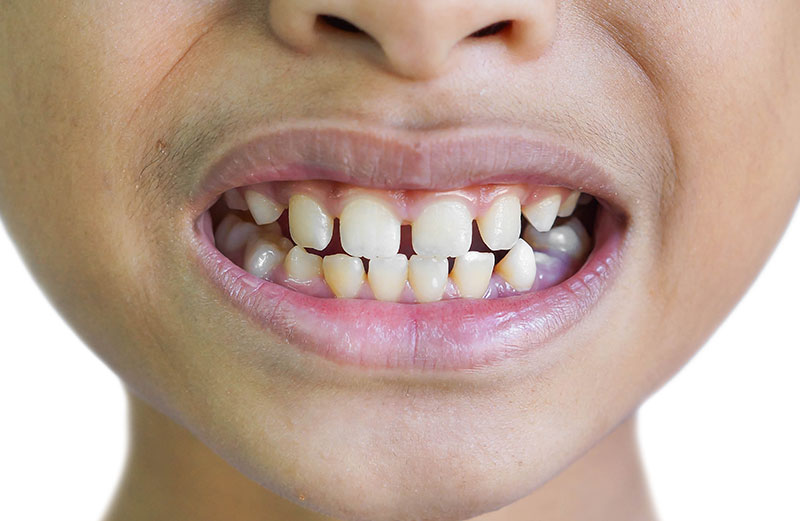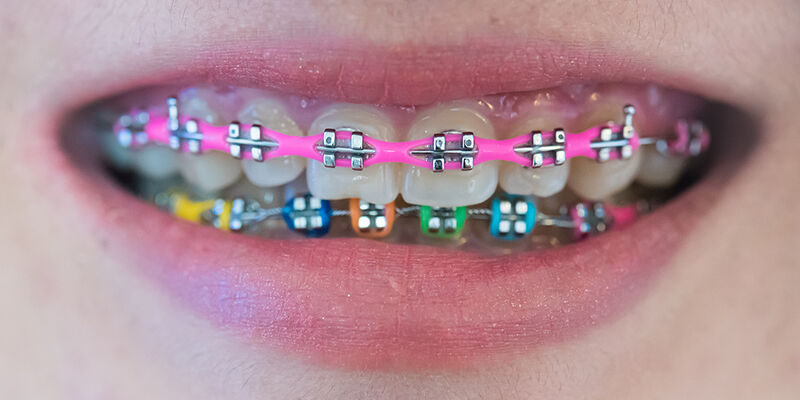Open bite from pacifier

Open Bite from Pacifier Use: Understanding the Causes and Solutions
Pacifiers, also known as soothers or binkies, are commonly used to calm and comfort infants and young children. While they can be beneficial for soothing a fussy baby, prolonged use of pacifiers can lead to dental issues, including an open bite. An open bite occurs when the upper and lower teeth do not meet properly when the mouth is closed, leaving a gap. This can cause a range of dental and speech problems if left unaddressed. In this article, we will explore how pacifier use can lead to an open bite, the implications of this condition, and effective solutions to prevent and treat it.
The Mechanics of Pacifier Use and Dental Development
To understand how pacifier use can cause an open bite, it’s essential to grasp the basics of dental development in infants and young children. During the early years of life, the jaws and teeth are still developing and are highly susceptible to external influences. The frequent sucking motion associated with pacifier use can exert pressure on the developing teeth and jaws.
When a child uses a pacifier, their tongue and lips position differently than they would during normal sucking, swallowing, or speaking. The pacifier typically pushes the tongue down and forward, while the lips close around the nipple of the pacifier. This repeated motion and positioning can lead to changes in the alignment of the teeth and the shape of the dental arches.
How Pacifier Use Leads to an Open Bite
Pressure on Developing Teeth
The primary way pacifier use leads to an open bite is through the constant pressure exerted on the teeth and jaws. When a child sucks on a pacifier, the upper front teeth are pushed outward, and the lower front teeth are pushed inward. Over time, this can cause the teeth to move out of their natural alignment, resulting in an open bite.
Impact on Jaw Development
The continuous use of a pacifier can also affect the development of the jaws. The pressure from sucking can influence the growth and shape of the jawbones, leading to a discrepancy in the size and position of the upper and lower jaws. This skeletal issue can further contribute to the development of an open bite.
Altered Tongue Position
Pacifier use can also lead to an abnormal tongue position. Normally, the tongue rests against the roof of the mouth, helping to shape the dental arches and guide the proper alignment of the teeth. However, with a pacifier in place, the tongue is often pushed downward and forward. This altered position can interfere with normal dental development and contribute to an open bite.
Consequences of an Open Bite
An open bite can lead to a variety of dental, speech, and social issues. Understanding these consequences underscores the importance of addressing this condition early.
Dental Problems
One of the most immediate concerns with an open bite is its impact on dental health. Teeth that do not meet properly can lead to difficulties in biting and chewing food, potentially causing digestive issues. Additionally, misaligned teeth are more challenging to clean, increasing the risk of cavities and gum disease.
Speech Impediments
An open bite can also affect speech development. The gap between the upper and lower teeth can cause difficulty in pronouncing certain sounds, leading to speech impediments such as lisps. This can affect a child’s communication skills and self-esteem.
Aesthetic Concerns
The appearance of an open bite can also be a source of concern. Misaligned teeth can affect the overall aesthetics of a child’s smile, leading to self-consciousness and social anxiety. This can impact a child’s confidence and social interactions.
Preventing an Open Bite from Pacifier Use
Preventing an open bite from pacifier use involves a combination of proper pacifier use guidelines, early intervention, and regular dental care.
Limiting Pacifier Use
One of the most effective ways to prevent an open bite is to limit the duration and frequency of pacifier use. The American Academy of Pediatric Dentistry recommends that pacifier use should be gradually reduced starting at around six months of age and should ideally be discontinued by age two. This minimizes the impact on dental development while still providing comfort to the child.
Choosing the Right Pacifier
Selecting the right type of pacifier can also help reduce the risk of an open bite. Orthodontic pacifiers are designed to support the natural shape of the palate and promote proper oral development. These pacifiers have a flattened bottom and a rounded top, mimicking the shape of a mother’s nipple during breastfeeding and reducing pressure on the teeth and jaws.
Encouraging Healthy Habits
Parents can encourage healthy habits by offering alternatives to pacifiers for soothing and comforting their child. This can include cuddling, rocking, or providing a favorite blanket or toy. Positive reinforcement and gradual weaning techniques can also help ease the transition away from pacifier use.
Treating an Open Bite Caused by Pacifier Use
If an open bite has already developed due to pacifier use, there are several treatment options available. The choice of treatment depends on the severity of the open bite and the age of the child.
Orthodontic Treatment
Orthodontic treatment is often necessary to correct an open bite. For younger children, interceptive orthodontics, such as the use of a palatal expander or partial braces, can help guide the proper development of the teeth and jaws. For older children and adolescents, traditional braces or clear aligners can be used to realign the teeth and correct the bite.
Myofunctional Therapy
Myofunctional therapy involves exercises and techniques to correct improper tongue posture and swallowing patterns. This type of therapy can be particularly effective for children with an open bite caused by pacifier use, as it addresses the underlying muscle habits that contribute to the condition.
Speech Therapy
For children with speech impediments resulting from an open bite, speech therapy can be beneficial. A speech therapist can work with the child to improve their articulation and correct any speech issues related to the misalignment of the teeth.
Dental Appliances
In some cases, dental appliances such as a crib appliance or a tongue crib may be used to help correct an open bite. These devices are designed to discourage harmful habits, such as tongue thrusting, and promote proper tongue posture and dental alignment.
Long-Term Outlook and Maintenance
Addressing an open bite caused by pacifier use is crucial for ensuring a child’s long-term dental health and overall well-being. Early intervention and proper treatment can lead to successful outcomes and prevent future complications. However, ongoing maintenance and regular dental care are essential to maintaining the results and preventing the recurrence of an open bite.
Regular Dental Visits
Routine dental check-ups are essential for monitoring the development of the teeth and jaws and ensuring that any issues are addressed promptly. Dentists can provide guidance on maintaining good oral hygiene and preventing dental problems.
Retention Phase
After orthodontic treatment, a retention phase is often necessary to maintain the corrected alignment of the teeth. This typically involves wearing a retainer as prescribed by the orthodontist to prevent the teeth from shifting back to their previous positions.
Healthy Oral Habits
Encouraging and maintaining healthy oral habits is crucial for preventing future dental issues. This includes proper brushing and flossing techniques, a balanced diet, and avoiding habits that can negatively impact dental health, such as nail-biting or excessive thumb-sucking.
Conclusion
Pacifiers can provide comfort and soothing for infants and young children, but prolonged use can lead to dental issues such as an open bite. Understanding the mechanics of pacifier use and its impact on dental development is essential for preventing and addressing this condition. By limiting pacifier use, choosing the right type of pacifier, and encouraging healthy habits, parents can help prevent an open bite from developing.
For children who have already developed an open bite due to pacifier use, a range of treatment options is available, including orthodontic treatment, myofunctional therapy, speech therapy, and dental appliances. Early intervention and proper treatment are crucial for ensuring a successful outcome and preventing future complications.
Maintaining regular dental visits, following retention protocols, and promoting healthy oral habits are essential for long-term dental health and overall well-being. By taking proactive steps to address and prevent an open bite, parents can help their children achieve a healthy, functional, and aesthetically pleasing smile.
Related to read:
Best Oral Hygiene Practices For Optimum Oral Health.
How to Whiten Teeth Naturally?
How to keep your gums healthy and disease-free?
References
To ensure the information provided is accurate and up-to-date, the following sources were referenced:
- American Dental Association. (n.d.). Plaque and Tartar. Retrieved from ADA website
- Mayo Clinic. (n.d.). Dental Plaque. Retrieved from Mayo Clinic website
- National Institute of Dental and Craniofacial Research. (n.d.). Periodontal (Gum) Disease. Retrieved from NIDCR website








